 Getty Images
Getty ImagesThe Scottish and UK governments are set for a courtroom showdown over Holyrood’s gender reform legislation, following the unprecedented move to block it.
UK ministers have set out their precise reasons for attempting to veto the Gender Recognition Reform (Scotland) Bill – and they look set to be examined by judges at the Court of Session, with a judicial review “inevitably” in the offing.
What are the proposed changes?

The legislation passed by MSPs in December streamlines the process for obtaining a gender recognition certificate – the avenue for changing one’s legally-recognised sex.
The reforms will see applications for a certificate handled by Scottish registrars, rather than a UK panel, and will remove the need to obtain medical reports with a formal diagnosis of gender dysphoria.
The plans also cut the amount of time applicants need to have lived in their acquired gender from two years to a matter of months, and cut the age at which people can apply to 16.
After a lengthy debate the reforms were agreed by MSPs by a margin of 86 to 39, with members of all parties voting in favour.
But every one of those changes have been highlighted by the UK government as removing “important safeguards”.
How has this been blocked?
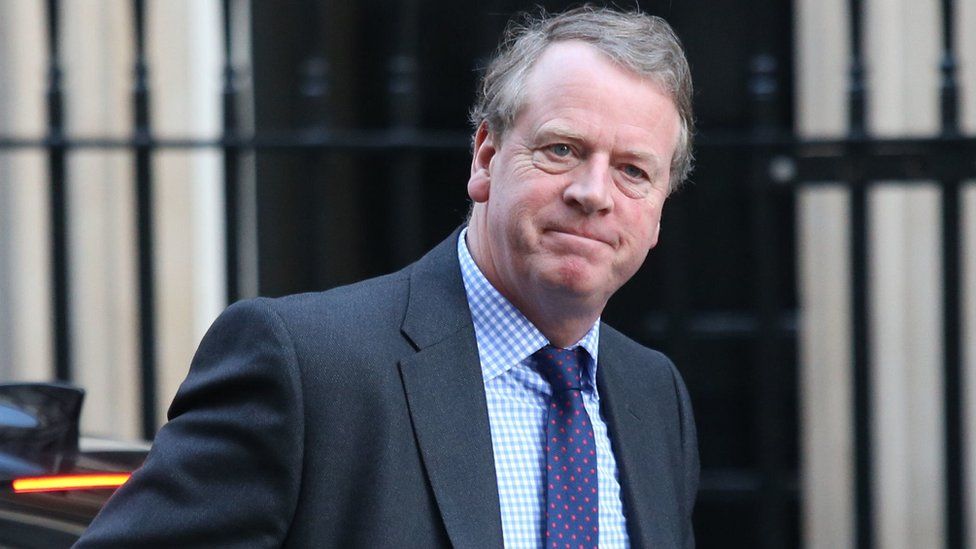
The UK government has used section 35 of the Scotland Act to prevent the bill receiving royal assent – essentially being signed off by the King and becoming law.
For all the rhetoric flying around, nobody has actually broken any rules here – at Westminster or Holyrood.
Although it’s never been used before, this is a power which was written into the Scotland Act to give the sovereign parliament at Westminster a veto in certain circumstances.
It is clearly a highly controversial move, given both the sensitivities of the legislation involved and the enmity between the administrations in Edinburgh and London.
But there is a reason why UK ministers opted for this route, rather than the sort of Supreme Court challenge we have seen in the past.
Previous clashes between the Scottish and UK governments have been about whether certain topics are within Holyrood’s remit or not, with UK law officers raising questions of competence which are then examined by judges.
Here, it’s broadly accepted that MSPs were acting within their powers when they passed the bill. What’s in question is how that bill interacts with UK legislation, and whether it could have consequences which would echo out across the rest of the UK.
What are the UK government’s arguments?

Broadly, the issue here is the way that the 2004 Gender Recognition Act – which set up the recognition process which is being reformed – is intertwined with the 2010 Equality Act, which MSPs are not allowed to change.
The 2010 Act applies in Scotland, England and Wales, setting out different “protected characteristics” including those of sex and gender reassignment, and underpins the rights and protections afforded to these groups.
The UK government contends that the 2010 Act was “carefully drafted” to work alongside the 2004 one, and that it is “highly problematic” to have two different gender recognition systems within the UK.
An example would be a single-sex association or club, which is allowed to have exclusive membership rules under the protections of the Equality Act – for example a support group for women who have been victims of sexual violence.
In the UK government argument, such groups might have to have different membership rules north and south of the border; the new rules would “significantly change the profile and number of individuals that associations will be unable to exclude”.
This video can not be played
To play this video you need to enable JavaScript in your browser.
It also argues that groups could be at “greater risk of being found to be operating unlawfully”, and could end up closing down due to perceived risks.
A range of other potential issues have also been listed by the UK government – in these cases, law officers tend to chuck in every possible argument in the hope that one of them will stick.
These range from the ability of single-sex schools to exclude 16 and 17-year-olds who would now be eligible to change their legal sex, to the administration of UK-wide tax, benefit and pension systems.
They also say that making the process easier could “significantly” increase the risk of fraudulent applications from those with “malicious intent”, which could lead to people “no longer feeling safe in any sex-segregated setting and self-excluding from such settings even though they could significantly benefit from them”.
How will the Scottish government respond?

The Scottish government’s response has essentially been “see you in court”.
There has been a fairly robust line of political argument too, along the lines that this is an outrageous move which flies in the face of the democratic will of the Scottish Parliament.
In terms of a specific rebuttal to the legal arguments, ministers are still examining the reasons set out by the UK government.
However they have insisted that their legislation changes the process for getting a gender recognition certificate, not the effect of the certificate.
This video can not be played
To play this video you need to enable JavaScript in your browser.
Beyond that, a section was actually inserted into the bill stating that “for the avoidance of doubt, nothing in this Act modifies the Equality Act 2010”.
The trouble is that just saying that doesn’t necessarily make it the case – it is a position which will need to be defended in court.
Another recent case at the Court of Session actually focused in on the interaction between the Equality Act and the Gender Recognition Act, via a challenge to another Holyrood bill about gender balance on public boards.
It has already been cited in the UK government’s statement of reasons – despite the fact the Scottish government won the case – and is sure to be at the heart of much of the coming legal debate too.
What will happen next?
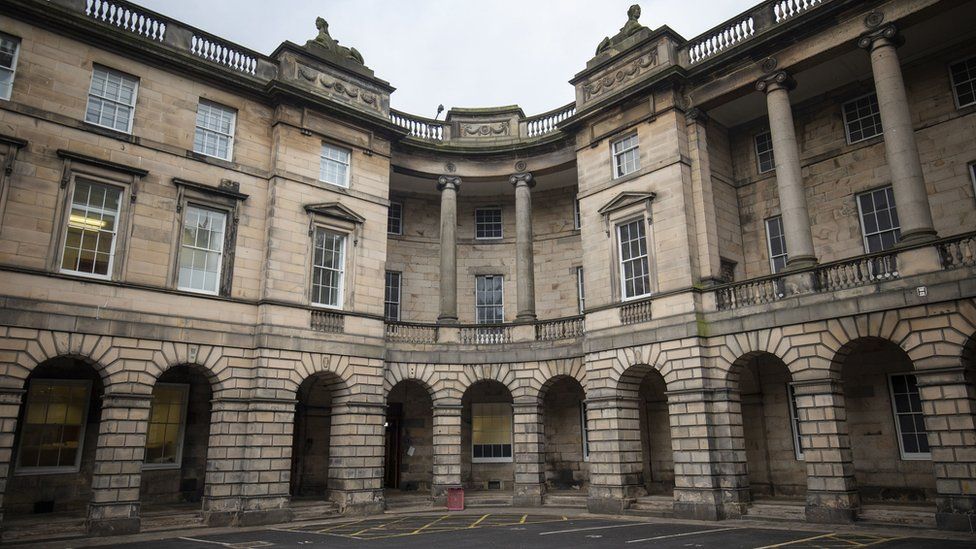
Holyrood cannot challenge the order made by the Scottish Secretary – that can only happen at Westminster, or in the courts.
The Scottish government has made it clear it will launch a judicial review. That will at least begin at the Court of Session in Edinburgh, although it could ultimately be heard in the Supreme Court.
Judges will be tasked with deciding whether the order has satisfied the strict conditions set out in the Scotland Act.
Those are that the bill “contains provisions which would make modifications of the law as it applies to reserved matters” – in this case the Equality Act – and that ministers had “reasonable grounds” to believe it would have an “adverse effect” on the operation of that law.
So judges will be picking over the reasons set out in the order and the accompanying statement in great detail.
For all of the political rhetoric around this row, it is those points of law which will ultimately decide the fate of these reforms.
-
Sturgeon says gender reform row will go to court
-
2 hours ago
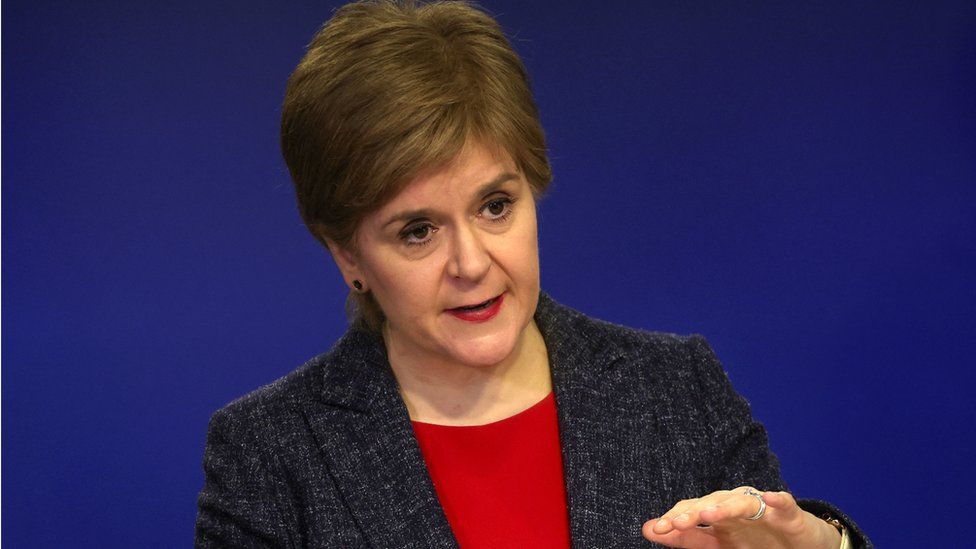
-
-
Gender bill: What next for Sunak and Sturgeon?
-
13 hours ago
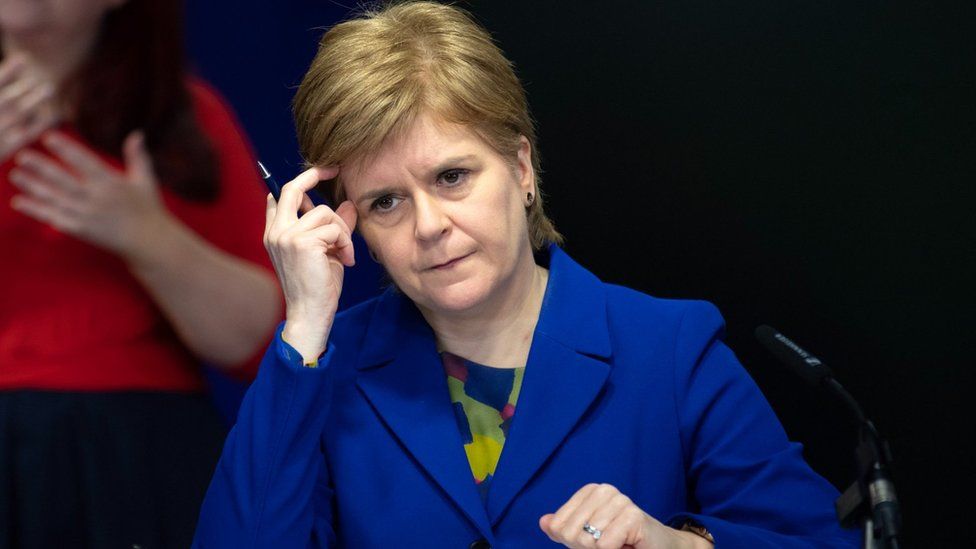
-
-
What are the plans for gender reforms in Scotland?
-
8 hours ago
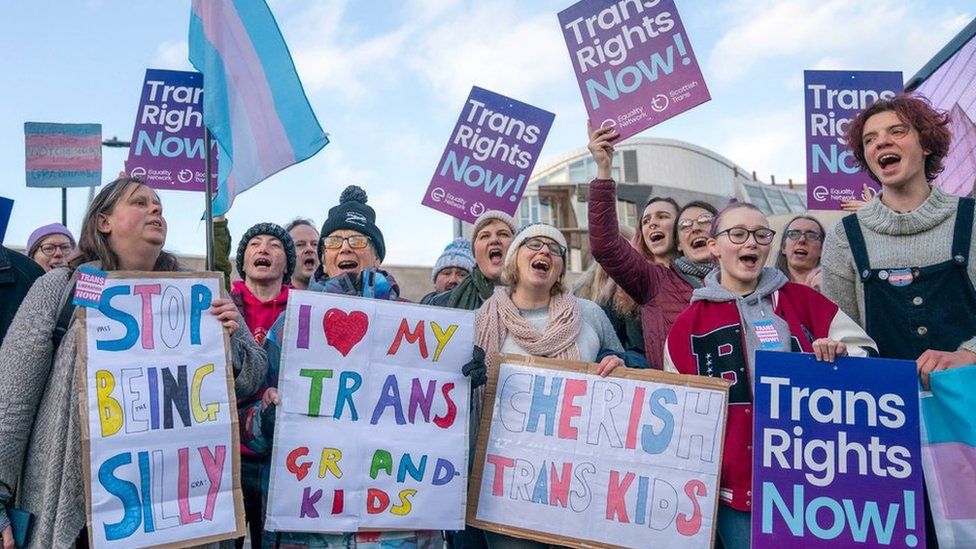
-
-
UK government to block Scottish gender bill
-
23 hours ago
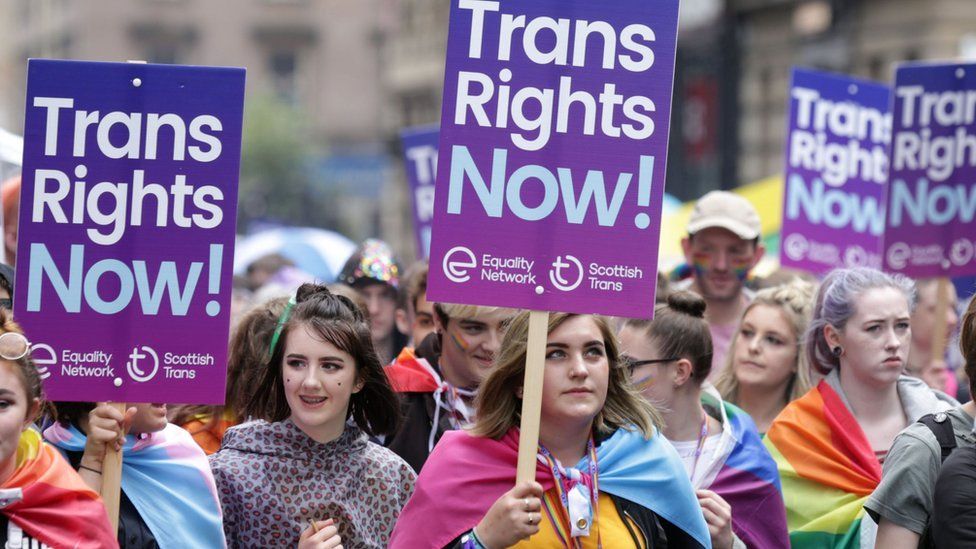
-
